Name Yanagi Soetsu Education University of Tokyo | Role Philosopher Parents Yanagi Narayoshi | |
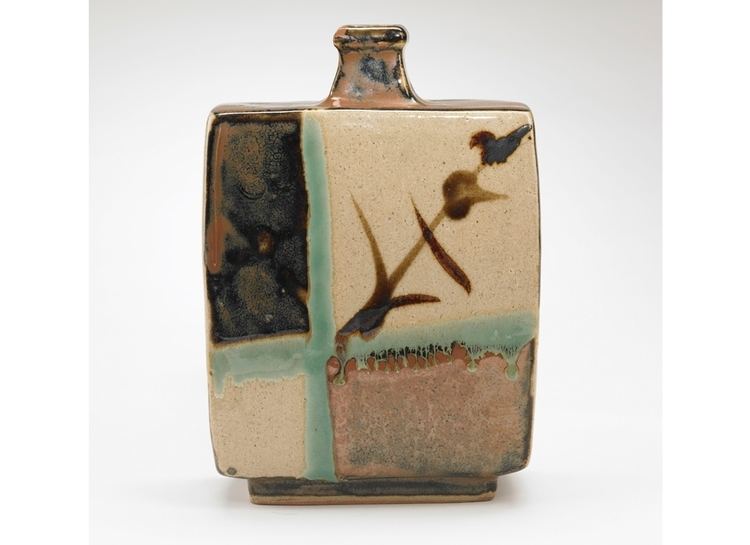 | ||
Books The unknown craftsman Children Munetami Yanagi, Munemoto Yanagi | ||
Yanagi Sōetsu (柳 宗悦, March 21, 1889 – May 3, 1961), also known as Yanagi Muneyoshi, was a Japanese philosopher and founder of the mingei (folk craft) movement in Japan in the late 1920s and 1930s.
Contents

Biography
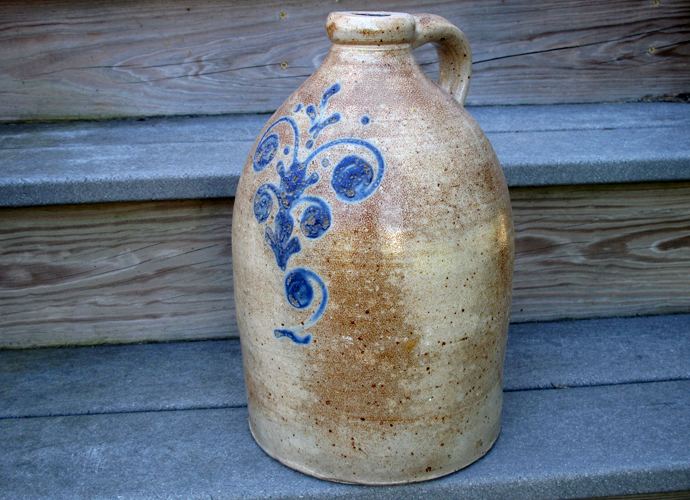
In 1916, Yanagi made his first trip to Korea out of curiosity about Korean crafts. The trip led to the establishment of the Korean Folk Crafts Museum in 1924 and the coining of the term mingei by Yanagi, potters Hamada Shōji (1894–1978) and Kawai Kanjirō (1890–1966).
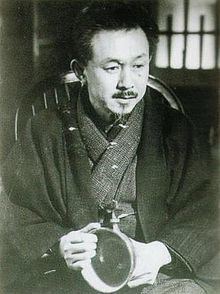
In 1926, the Folk Art Movement was formally declared by Yanagi Sōetsu. Yanagi rescued lowly pots used by commoners in the Edo and Meiji periods that were disappearing in rapidly urbanizing Japan. In 1936, the Japanese Folk Crafts Museum (Nihon Mingeikan) was established.
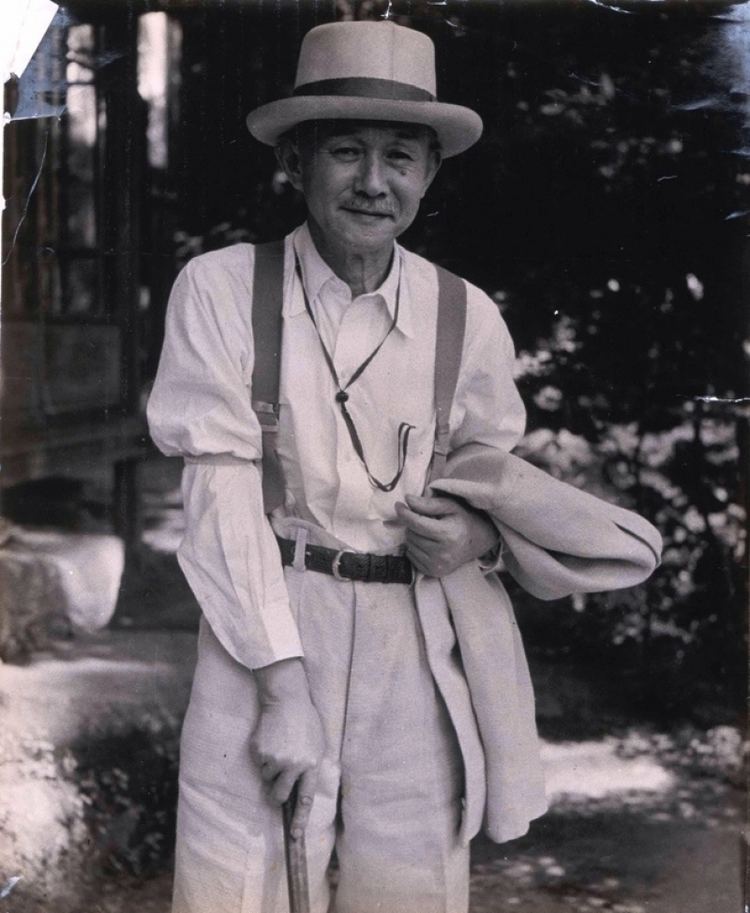
He was also working together with Onta ware.
Mingei theory

The philosophical pillar of mingei is "hand-crafted art of ordinary people" (民衆的工芸, minshū-teki kōgei). Yanagi Sōetsu discovered beauty in everyday ordinary and utilitarian objects created by nameless and unknown craftsmen. According to Yanagi, utilitarian objects made by the common people are "beyond beauty and ugliness". Below are a few criteria of mingei art and crafts:
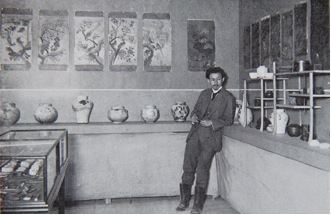
Yanagi's book The Unknown Craftsman has become an influential work since its first release in English in 1972. Yanagi's book examines the Japanese way of viewing and appreciating art and beauty in everyday crafts that include pottery, lacquer, textiles, and woodwork.
Yanagi was editor of Kōgei ('Crafts'), the journal of the Japanese Folk Arts Association, issued between 1931 and 1951.
